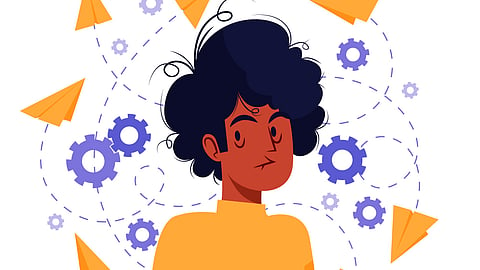What is Attention Deficit Disorder (ADD)?
The term ADD was first used decades ago to describe kids and adults who had trouble paying attention. It was mainly known as an inattentive form of focus problems. People with ADD often seem spaced out, forgetful, or disorganized, but they usually aren't hyperactive. For years, ADD was used widely in everyday talk. But today, medical doctors don’t really use the term anymore.
What is Attention Deficit Hyperactivity Disorder (ADHD)?
ADHD is the official name for the condition. It appears in the DSM-5, which is the big book doctors use to diagnose mental health issues. ADHD includes people who are inattentive, hyperactive, or impulsive. There are three types of ADHD:
● Predominantly inattentive (what most used to call ADD)
● Predominantly hyperactive-impulsive
● Combined type (both inattention and hyperactivity)
Evolution of the Terminology
So, why do people still use ADD? Many medical professionals switched from ADD to ADHD to better describe all the different ways the disorder shows up. However, the older term ADD remains popular in casual speech and media because it’s easier to say. Still, when it comes to diagnosis, the official term is ADHD.


